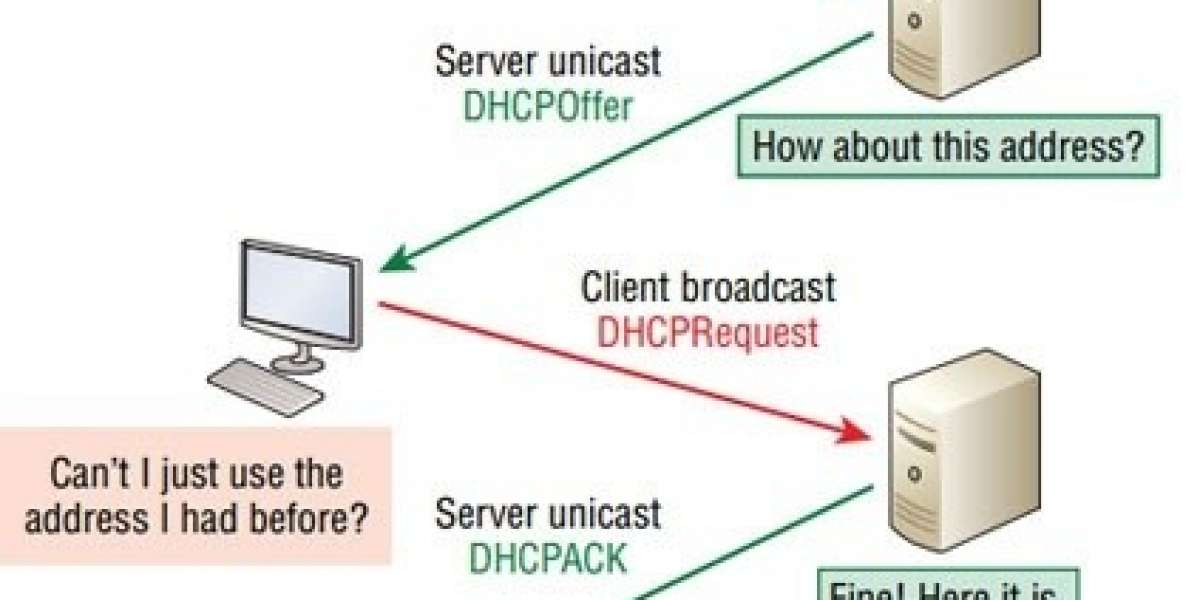Executive Summary:
5G tends to be the future in the mobile network, not only is it an upgrade from the existing 3G and 4G, but rather a revolution in the field of communication, it promises greater speed for data transmissions, lower latency which enables the capability for remote execution, better connectivity. These seem to be some of the advantages of 5G, but they merely seem to be to an upgrade from 4G. The revolution comes in the form of EDGE Computing, Artificial Intelligence, and use of mmWave (Very High Frequency) spectrum. These advancements do come with their own challenges, EDGE Computing is still a concept which is yet to be implemented, mmWave has several issues of its own. This feature focusses on 5G and its challenges and how these challenges are being overcome.
5G:
5G is the next generation in the mobile network, it’s the upcoming standard in a set of legacy standards such as 1G, 2G, 3G, and the current standard 4G- LTE (Long Term Evolution). 5G is a network that is designed to literally connect everyone and everything together, not only connecting people to people at high speeds but also connect machines, objects, and devices.
Technology- The base for any Global Standards:
5G involves an array of technologies for it to provide high-speed connection, low latency, seamless connection, some of the underlying technologies are OFDM (Orthogonal Frequency Division Multiplexing), a technique of modulating a digital signal across multiple and individual channels to reduce interference. The use of mmWave for data transmission, this plays a vital role in 5G for increasing the capacity, throughput, and low latency, mmWave ranges from 24 GHz and Above. 5G is not only about speed, connection, and providing better broadband service than 4G, but it forays into new areas such as mission-critical communication and connecting the massive IoT, this is done by the 5G-NR(New Radio) air interface design which is basically a self-contained TDD subframe.
The above-said technologies only scratch the top, there are multiple technologies that are involved for what 5G has promised.
In the View of a User:
The current scenario is that a user on average uses up to 2.3GB of data per month, but keeping in mind the growth of our dependence on smartphones as a source of media and entertainment, it is expected that the user may consume on an average 11GB of data per month. When 4G hit the market, we saw several other industries being benefitted by it, to name a few video streaming (YouTube- VLOGS, Channels), food delivery (post mates, grub hub), and ride-sharing (Uber, Lyft) and more. 5G will allow for more industries to benefit as it hits the market, Virtual Reality (VR), Extreme Reality (XR), Internet of Things (IoT), local interactive content, and instant cloud access.
Economic Impact:
5G will drive economic growth. Some key points in view of the economic impact of 5G are:
- GSMA report predicts that 5G technology will add $2.2 trillion to the global economy over the next few years. It is expected that the operators will spend nearly $1 trillion on mobile CAPEX between 2020 and 2025, with nearly 80% spent on 5G technology.
- Qualcomm in its economic report predicts that 5G will add $13.2 trillion to the global economic output. It is expected that 5G will create nearly 22.3 million new jobs and will add $2.3 trillion to the GDP growth.
- This $13.2 trillion in the global economy is expected to reach by 2035 by supporting a wide range of industries. This study by Qualcomm also revealed that the 5G value chain (OEMs, operators, content creators, app developers, and consumers) could alone support up to 22.3 million jobs).
Challenges:
1.mmWave Itself:
what we see in mmWave is that it can transmit a huge amount of data with ease, it promises higher data rate, low latency, but there are few issues that must be solved in order to meet the promises.
- An array of Antenna is required as mmWave though capable of high speeds, huge data transmission, it cannot cover a lot of ground i.e., due to its high frequency, the wavelength of mmWave is very small hence it cannot travel long distance like sub-6 GHz as it has low penetrating capabilities, it cannot pass through hard surfaces. An array of antennas is required to compensate for the limited signal reach of mmWave.
- Another issue with Antenna array is how to fit so many antennas into a mobile device, this arises due to mmWave not being able to travel far and as simple as hand over the antenna will obstruct the signal. For some reasons, it is believed that mmWave would not be suitable for Mobile phones
- mmWave does not have a single spectrum or standard waveform, it varies from region to region. Due to which it is difficult to build devices that will support the different spectrum across different regions.
2. Incorporating Edge Computing and Artificial Intelligence (AI) in 5G:
We have literally used up the entire spectrum that is available and yet the demand for the spectrum is on the rise, this caused us to foray into a new spectrum to better meet the demand. Consider an example, a difference sure does exist in the performance of wireless connectivity when you test at different times during the day and night when you test the performance from 2:00 AM to 7:00 AM in the morning, the performance/connectivity would be flawless but when you perform the same performance measurement during the day from 12:00 PM to 7:00 PM, the performance/Connectivity tends to be poor. This is due to the increased user during that period. This requires advancements in other fields such as EDGE computing which is still a very new concept and AI which is only at its beginning stages. All these technologies need to work in concordance with each other.
3.Capabilities for testing 5G and reliability in Data Transmission:
- Beamforming a concept used widely in 4G-LTE to maintain a connection, this concept directs signals from multiple sources to its object to improve reliability and data rate. Once at the receiver, it depends on the antenna array for receiving and processing the signal but testing at this volume has never been done. All testing is currently at the early testing stages. The architecture is like the existing technology, but it requires six or more Pico cells at the base station. Over the air testing has seen significant improvement over the years but never has testing been done at this scale or volume.
- mmWave has been about more bandwidth than the existing lot, this increase in the bands require a significant level of change in testing and the environment in which the testing is done. This increase in bandwidth along with carrier aggregation, dual uplink, and complex waveforms and modulation schemes lead to a significant improvement in the Rf section.
Probable and Possible solutions:
- Qualcomm Technologies have invented a breakthrough technology that redefines how the world connects; they have made it possible for mmWave to be implemented for mobile phones with the use of advanced beam technology. They have designed a Chipset that can fit on the tip of an index finger or on the bezel side of the phone. These chips have been designed for adaptive beamforming, switching, and tracking. What they have proposed is that closed-loop algorithms provide the most promising signal paths between the user device and the network. This along with small cells that are already in use in 4G LTE provide for a more fast, reliable mobile service using mmWave.
- In order to provide for a smooth transition from 4G to 5G, Ericsson along with Qualcomm technologies have proposed a dynamic spectrum sharing to further the deployments of 5G. With Ericsson and Qualcomm Chipset for mobile platforms, the service providers can simply with a software update use the 4G spectrum to launch 5G coverage nationwide. This solution is based on intelligent scheduler algorithms that enable optimal performance. Together with Qualcomm technologies, they have achieved the 5G data call using spectrum sharing on 3GPP Frequency Division Duplex (FDD) low band. This is considered a breakthrough in the field of wireless communication as frequency sharing has never been done between any cellular generation since the 2G.
- Intel on its end has been trying to combine 5G and EDGE, based on intel’s report, these two technologies enable for unprecedented low latency which works together to take advantage of the massive amount of data. EDGE is the placement of resources that move, store, and process data closer to the source or point of service delivery. The intelligent EDGE is where the compute, connectivity, and networking converge with media, interference, and analytics. Intel along with its partners worldwide are developing to test and deploy 5G networks with intelligent EDGE technologies that will further the enterprise opportunities of 5G.
- Intel has also been working to incorporate 5G and AI together. Why 5G and AI? According to Intel, the amount of data across the world did not exist 5 to 10 years back, and according to IDC, the datasphere will grow by 5 folds by 2025. 5G on its end will provide scalable bandwidth, and remote computing power necessary for processing the huge amounts of data that is collected, this will fuel the proliferation of AI, distributing the intelligence everywhere. The benefits of 5G and AI are, billions of devices interconnected by 5G network will provide for unprecedented real-time data, to maximize the analytical power of AI, further, AI can be applied closer to the application to divide the computing workloads between the device-edge-cloud continuum for better/optimized performance.
- Testing in 5G has posed a problem due to the increased antennas, bandwidth and so, it requires an innovative approach to testing and measurements. As new technologies such as Massive MIMO, increased bandwidth, and introduction of mmWave require computing power and robust RF Hardware, it has made OTA (Over The Air) testing compulsory. Rhode and Schwarz have come with several testing which has been developed specifically for 5G. They have developed a set of three testing equipment that is suitable for testing 5G. They have developed a radio communication tester, an OTA testing especially for 5G, and a unified, browser-based test software solution. With these test equipment, 5G testing can be done with ease. Not only Rhode Schwarz, but Keysight have also developed their own set of testing equipment to make 5G test with ease.
Thinking Big:
A small part of 5G is to provide a seamless connection at high speeds which enabled by using mmWave. It faces obstacles due to its low penetration capabilities. We can develop an integrated Machine-Learning and Sub-6 GHz channel system to determine the channel information which includes parameters such as (Angle of Arrival (AoA), Angle of Departure (AoD) and Time Difference of Arrival (TDoA) which are required for determining the user location, once the user location is determined, and we will have a picture of the interference, objects and other environmental factors that affect a signal from the channel state information (CSI) of sub-6 GHz and apply that to the mmWave channel so that we can avert the factors that cause the signal/data to distort due to which it is not received at the receiver.
As proposed by Qualcomm, the other part of the spectrum that is being used in 5G-NR is the Sub-6 GHz, which is a portion of spectrum lower than 6GHz, this Sub-6 GHz channel is suitable to provide coverage, and have, multiple purposes in the case of 5G. mmWave can be used along the more dense urban areas, and crowded indoor environments, while Sub-6 GHz tackles the broad coverage of 5G as much as possible. It is expected that the Sub-6 will work in tandem with mmWave to power a new user experience across all aspects of our lives.
Conclusion:
5G will drive the future of wireless communication, it’s all about connecting everyone everywhere. For successful 5G deployment, all the other technology must work in tandem with each other, to meet the promises specified by 5G. 5G is not only a blessing for wireless communication but rather for several other industries, such as Robotics, Artificial Intelligence, and Telemedicine. It will have a great impact on the economy as it alone is expected to contribute to about $2.2 trillion to the global economy and at the same time provide up to 22.3 million new jobs. As promised, 5G will provide for better speed, reliability. The communications business is gambling heavily on 5G, even though it remains indeterminate on how the technology will be perceived and how the 5G end devices will be developed and how it will be deployed to the user market. Nevertheless, tremendous headway is done on some of the most arduous problems in 5G, even though the path to all issues being resolved is long, it seems to be viable in the near future.
References:
https://semiengineering.com/solving-5gs-thorniest-issues/
https://www.qualcomm.com/invention/5g/what-is-5g
https://www.qualcomm.com/invention/5g/economy
https://www.sdxcentral.com/articles/news/the-5g-economic-impact/2020/03/
https://www.keysight.com/en/pc-3049075/5g-device-test-solutions?nid=-31763.0cc=USlc=eng
https://www.intel.com/content/www/us/en/wireless-network/5g-ai.html
https://www.intel.com/content/www/us/en/wireless-network/5g-technology-overview.html
https://www.qualcomm.com/news/onq/2018/11/28/understanding-mmwave-faster-connectivity-highways-5g











